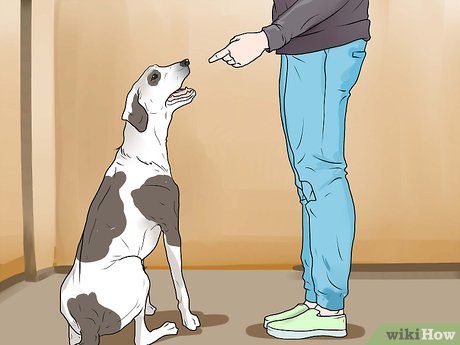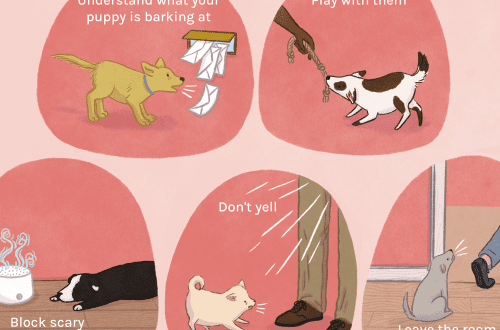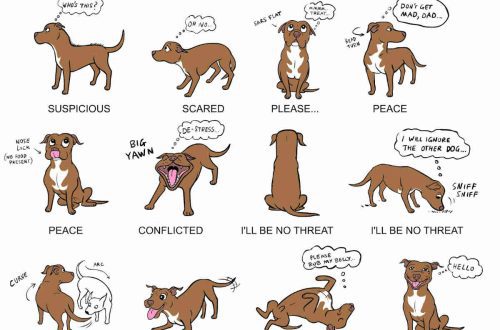
How to properly punish a dog?
A dog is a social animal that naturally lives in a pack. By raising a pet, the owner helps the puppy to socialize, sets the rules and norms of behavior in society. Unfortunately, according to many dog owners, the most obvious and effective method of discipline is physical impact, in other words, a blow. However, this is a fundamentally wrong belief.
Why physical impact is ineffective?
Previously, unfortunately, it was considered normal to punish a dog. A few decades ago, cynology allowed physical impact on the dog: animals were allowed to be beaten with a whip, newspaper, rag, and other improvised things. However, with the development of science, the approach has changed. Today, scientists say that physical impact negatively affects the behavior of a pet. Why? The fact is that in nature, no dog beats another to demonstrate strength – rivals bite each other. That is why a blow is an incomprehensible for a dog and not a very effective measure of punishment. Moreover, by punishing the pet in this way, the owner dooms him to mental trauma and even greater behavioral problems.
Basic principle of punishment
When dog handlers talk about how to teach a dog the right behavior without the use of punishment, they use the expression “positive reinforcement for action.” It reveals the essence: instead of punishing a pet for unwanted behavior, it is necessary to reward him for the right deeds and thus create good habits.
The most common situation: the owner comes home and finds torn wallpaper, a gnawed table leg and a torn shoe. First reaction? Punish the culprit: scold and beat the pet. However, dogs lack logical thinking. Punishment, in their view, is not a consequence of the chaos created in the apartment. Rather, the animal will link the following events: the arrival of the owner and the subsequent pain. It is easy to guess that after a couple of such episodes, the dog will no longer happily meet the person at the door.
Pet Punishment Methods
If the physical impact is ineffective, then how to properly discipline the dog without punishing him for disobedience? There are several options:
positive reinforcement
This is by far the most popular and effective method of maintaining discipline. Instead of giving your dog a punishment that he is unlikely to understand or scolding, praise the animal for every good action it does.
Command “no”
If you catch your pet in the act of misbehaving, say “no” calmly and firmly and try to direct the dog’s attention to something else. Remember – experts recommend giving feedback right on the spot within 5 seconds of the misconduct so that the animal can link the “crime” and “punishment”. There is a chance that in a minute the dog will simply forget about his prank.
Border designation
Too severe punishment can only create additional problems in your relationship with your pet. Choose a neutral measure – for example, when the animal is naughty, say “no”, take the dog out of the room and do not reward him for a while. Be consistent, provide the same response to the same actions. So the four-legged can develop a habit.
Redirecting attention
Some dogs sometimes just need a little redirection rather than punishment. When you see an animal misbehaving, distract it and offer something positive in return. A clicker and some goodies can help you with this.
Sequencing
All dogs are adorable, but try to control yourself! When your pet does something wrong and seems to get upset at your negative reaction, don’t start fawning over him. For example, if you teach your furry not to jump on other dogs, but at the same time allow him to jump on his friends, the animal may simply not understand what you want from him. Be consistent.
Raising an animal is a complex process.
Not only its attitude towards you, but also its psychological health will largely depend on whether you punish your dog.
Experts do not recommend using punishment in raising a pet. Better than any prohibitions, affection, praise and attention of the owner act on him. And if you have difficulties with the discipline of the animal, and you understand that you cannot cope on your own, instead of thinking about how to properly punish the dog, it is best to contact a dog handler or consult an animal psychologist online through the Petstory service.
November 8, 2017
Updated: October 15, 2022





